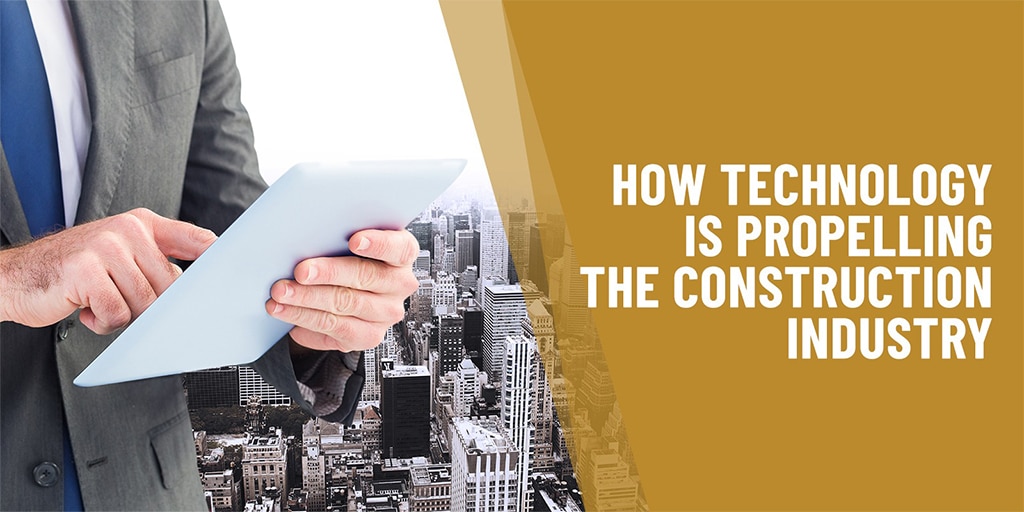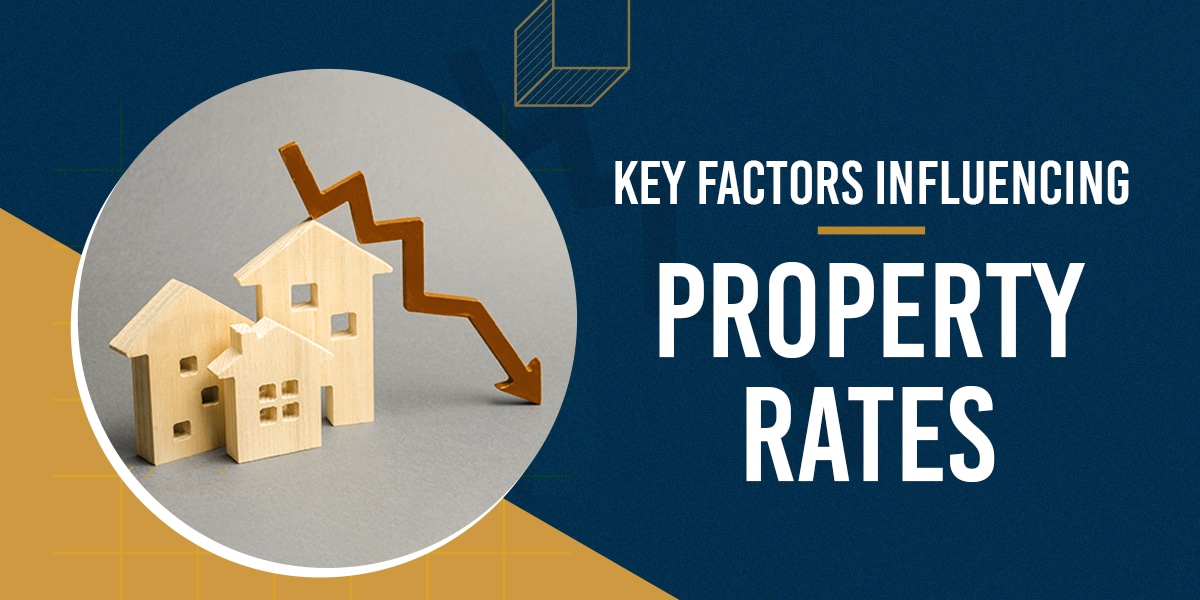Known as the Queen of the Suburbs, Bandra West is Mumbai’s most iconic and sought-after residential location. From tree-lined bylanes to sea-facing promenades, and a rich blend of heritage bungalows and luxury projects — Bandra West continues to be a magnet for premium real estate investments.
In this article, we cover the current Bandra West property rates, what makes this location highly desirable, and why luxury projects like The Legend by Ashar are setting new benchmarks in lifestyle living.
Bandra West Property Rates
As of 2025, property rates in Bandra West range between ₹65,000 to upwards of ₹1,50,000 per sq.ft. depending on location, views, and project amenities. Some of the most expensive residential pockets include Pali Hill, Mount Mary, Turner Road, and Carter Road, where premium sea-facing homes can command prices upwards of ₹1.5 lakh per sq.ft.
- Average Property Prices: ₹57,050 per square foot (Source: 99Acres)
- Rental Yield: 3% – 5%
- Growth in Last 05 Years: 5.1
Bandra West: A Prime Real Estate Hotspot
What keeps Bandra West in constant demand? Here’s what makes it the heart of Mumbai’s upscale living:
Cultural Charm & Cosmopolitan Vibe:
Bandra blends the old-world charm of colonial-era bungalows with the modern energy of cafés, art galleries, and boutique fashion houses. It’s where Mumbai’s elite, celebrities, and business magnates reside.
Proximity to Key Business Districts:
Located mid-way between South Mumbai and the commercial hubs of BKC, Lower Parel, and Andheri, Bandra West is a strategic choice for professionals and entrepreneurs.
Upcoming Infrastructure That Will Impact Property Rates
The following infrastructural developments are expected to significantly boost Bandra West property value:
- Mumbai Coastal Road Project – Will reduce travel time between Western suburbs and South Mumbai.
- Bandra-Versova Sea Link – will offer faster connectivity between the two suburbs and reduce congestion on the SV road.
- Mumbai Metro Line 2B (D N Nagar to Mandale) – With a station in Bandra, metro access adds convenience and better mobility
Location Advantage of Bandra Wes
Bandra West enjoys a strategic location in Mumbai that connects effortlessly to key business hubs, lifestyle centers, and essential institutions. Here’s why it’s a prime spot for homeowners and investors alike:
- BKC (Bandra-Kurla Complex) – Approx. 4.5 km away, it is Mumbai’s foremost business district, hosting consulates and top corporate and financial institutions.
- Western Express Highway & Bandra-Worli Sea Link – Located in close proximity, these arterial routes enable quick access to both Northern and Southern Mumbai.
- Chhatrapati Shivaji Maharaj International Airport – Approx. 8.5 km away via Western Express Highway.
- Reputed Educational Institutions Nearby (distance from Bandra West junction):
- Dhirubhai Ambani International School – ~5.6 km
- St. Andrew’s High School – ~1.5 km
- Mount Mary Convent High School – ~2.8 km
- Rizvi College of Engineering – ~3.0 km
- Healthcare & Wellness Centers:
- Lilavati Hospital & Research Centre – ~1.9 km
- Holy Family Hospital – ~1.5 km
- Asian Heart Institute (BKC) – ~4.4 km
This proximity to premium schools, top hospitals, and business hubs makes Bandra West not just a place to live, but a place to thrive.
The Legend by Ashar – Redefining Luxury in Bandra West
One of the most anticipated luxury developments in Bandra, The Legend by Ashar, is an architectural landmark in the making. It offers:
- Limited edition residences designed for those who seek exclusivity
- Curated private spaces, expansive layouts, European art deco style architecture
- Sea and city views, offering an elevated lifestyle in every sense
- Located in the heart of Bandra West, Pali Hill is known for its low-density planning, celebrity residences, and unmatched serenity in the heart of Mumbai—making it one of the most aspirational addresses in the city.
For those looking to invest in Bandra, The Legend by Ashar is not just a home, it’s a legacy that stands tall as a rare offering in a location where supply is limited but demand never fades.
Final Thoughts
With its unbeatable location, heritage charm, premium lifestyle, and infrastructure boom — Bandra West remains one of Mumbai’s most prestigious real estate destinations. Whether for end-use or long-term investment, buying a property in Bandra West is a decision backed by value, lifestyle, and legacy. If you’re looking to explore luxury living or invest in one of the finest addresses Mumbai has to offer, The Legend by Ashar is where your search should begin.











